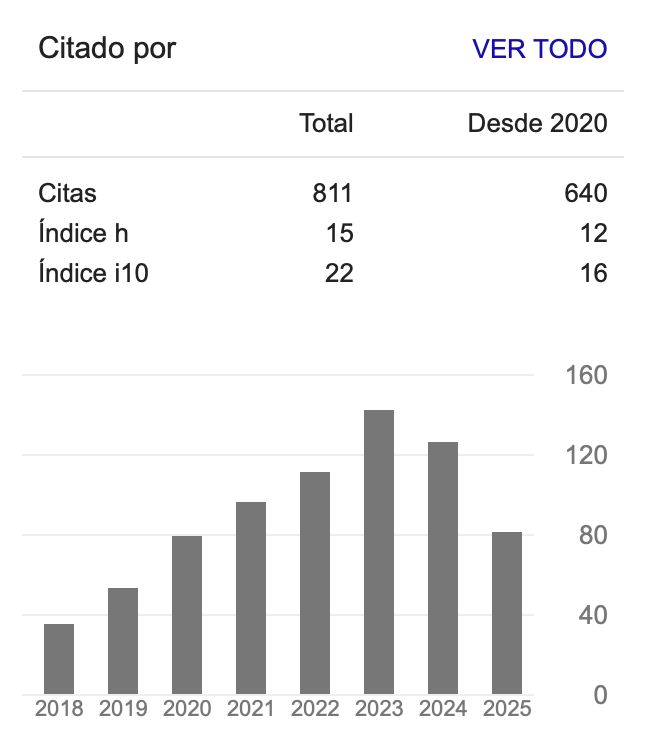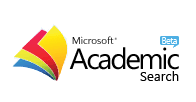A Study of the Dialogic Dimension of Critical Thinking in Medical Students at the Antonio Nariño University
DOI:
https://doi.org/10.54104/papeles.v12n24.838Keywords:
critical thinking, dialogical dimension, educationAbstract
Research on critical thinking and the different areas that make them, it up today represent a challenge, due to the great variability of concepts and interpretations according to the authors and the multiple components, approaches and types of studies that “per se” this allows to develop. The great diversity of investigative approaches to critical thinking has allowed studies to target diverse populations, mainly in educational settings, the majority of these studies being in the context of evaluating the learning processes, in which aspects are involved. such as in which there are involved aspects such as educational methodologies, the preparation of teachers on critical thinking, teaching strategies, among others, which represent a set of tools necessary for the promotion and development of critical thinking in students.
Downloads
References
Betancourth S, Muñoz K, Rosas T. (2017). Evaluation of critical thinking skills in higher education students in the region of Atacama Chile, Prospectiva. Revista de Trabajo Social e intervención social No. 23, enero-junio 2017: pp. 199-223.
Carbogim, F. C., Oliveira, L. B., Toledo, M. M., Diaz, F. B. B. S., Bittencourt, G. K. G. D., & Püschel, V. A. A. (2019). Active teaching model to promote critical thinking. Revista Brasileira de Enfermagem, 72(1), 293–298. https://doi.org/10.1590/0034-7167-2018-0002
Forawi, S. A. (2016). Standard-based science education and critical thinking. Thinking Skills and Creativity, 20, 52–62. https://doi.org/10.1016/j.tsc.2016.02.005
Harasym, P. H., Tsai, T., & Hemmati, P. (2008). Current Trends in Developing Medical Students' Critical Thinking Abilities. The Kaohsiung Journal of Medical Teacher. World Federation for Medical Education. https://doi.org/10.1016/s1607-551x(08)70131-1
Kahlke, R. y Eva, K. Perspect Med Educ (2018) 7: 156. https:// ezproxy. uan.edu.co :2112/10.1007/s40037-018-0415-z
Leontina H. (2011). Aplicación de un modelo de intervención pedagógica que desarrolla estrategias de pensamiento crítico para estudiantes de carreras del área de las ciencias. con cursiva de aquí en adelante Revista electrónica diálogos educativos,11, 81-94. Omitir de aquí en adelante Vol.11, págs. 81-94, Chile.
Magno, C. Metacognition Learning (2010) 5: 137. https://ezproxy. uan.edu.co:2112/10.1007/ s11409-010-9054-4
Mathews, SR y Lowe, K. Learning Environ Res (2011) 14: 59. https://ezproxy.uan.edu.co:2112/10.1007/s10984-011-9082-2
Moyo Mpatisi, Shulruf Boaz, Weller Jennifer, Goodyear-Smith Felicity (2019) Effect of medical students’ values on their clinical decision-making. Journal of Primary Health Care, 11, 64-74.
Ojeda E S, Martínez, O et al. (2017) Levels of critical thinking in University students in Barranquilla (Colombia), REV ESPACIOS, Volume 38. Barranquilla.
Pu, D., Ni, J., Song, D. y col. BMC Med Educ (2019) 19: 1. https://ezproxy.uan .edu.co:2112/10.1186 /s12909- 018-1418-5
Santiuste, V. (coord.), Ayala, C., Barrigüete, C., García, E., González, J., Rossignoli, J., y Toledo, E. (2001). El pensamiento crítico en la práctica educativa. Fugaz Ediciones.
Reale M, Riche D, Witt B et al. (2018). Development of critical thinking in health professions education: A meta-analysis of longitudinal studies. Currents in Pharmacy Teaching and Learnin, Elsevier, 10, 7, Julio, pp. 826-833.
Rosefsky, A, Saavedra J.E. (2011). Do colleges cultivate critical thinking, problem solving, writing and interpersonal skills? Economics of Education Review, Elsevier, 30, 1516-1526.
Steffens, E, Ojeda J, Martinez O. (2017). Levels of critical thinking in University students in Barranquilla (Colombia). Revista Espacios, 38(30), 5.
Smith, T. E., Rama, P. S., y Helms, J. R. (2018). Teaching critical thinking in a GE class: A flipped model. Thinking Skills and Creativity, 28, 73–83. https://doi.org/10.1016/j.tsc.2018.02.010
Stupplea E, Maratos F, Elandera J et al. (2017). Development of the Critical Thinking Toolkit (CriTT): A measure of student attitudes and beliefs about critical thinking. Thinking Skills and Creativity, Elsevier, 23, 91-100.
Takata, Y., Stein, GH, Endo, K. et al. BMC Med Educ (2013) 13: 156. https://ezproxy.uan.edu.co:2112/10.1186/1472-6920-13-156
World Federation for Medical Education. (2002). Global minimum essential requirements in medical education. Medical Teacher, 24(2), 130–135. https://doi.org/10.1080/01421590220120731
Downloads
Published
-
Abstract690
-
PDF (Español)424
How to Cite
Issue
Section
License

This work is licensed under a Creative Commons Attribution-NonCommercial-ShareAlike 4.0 International License.






